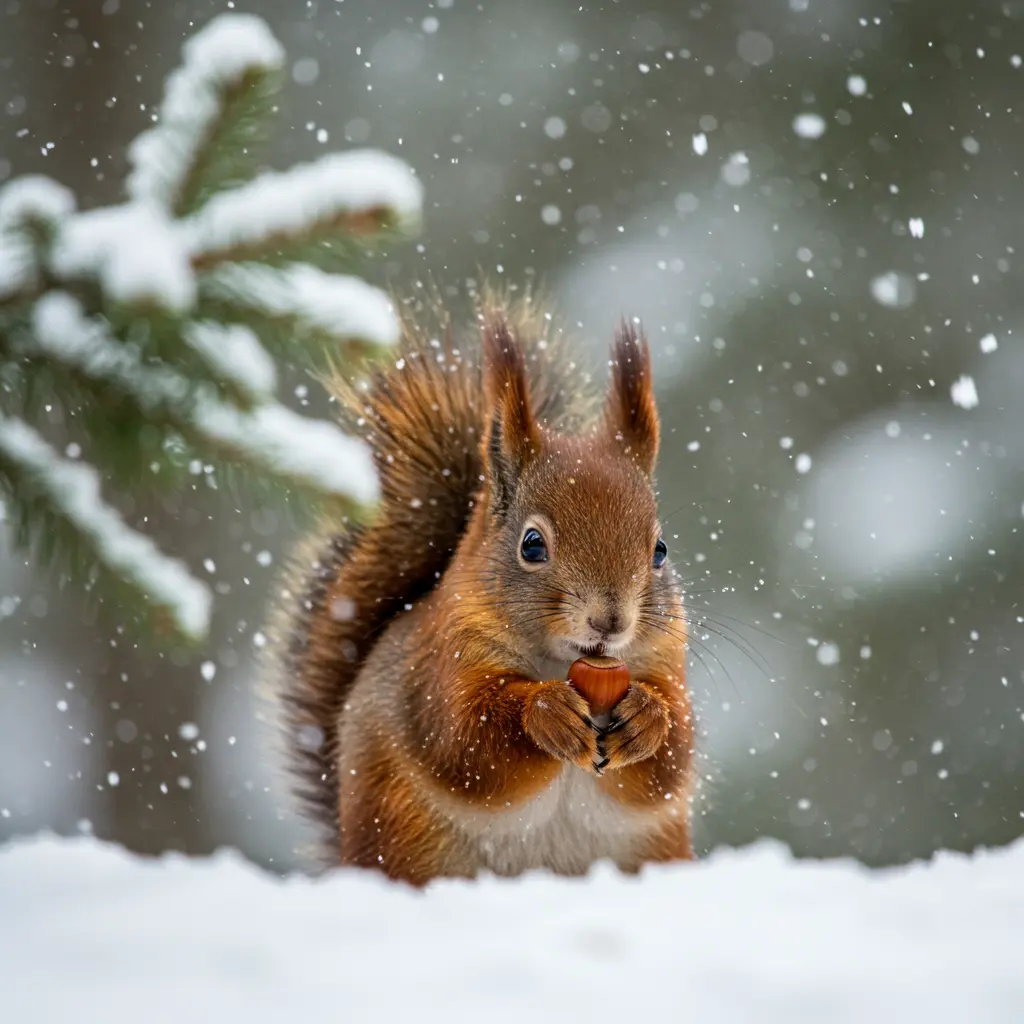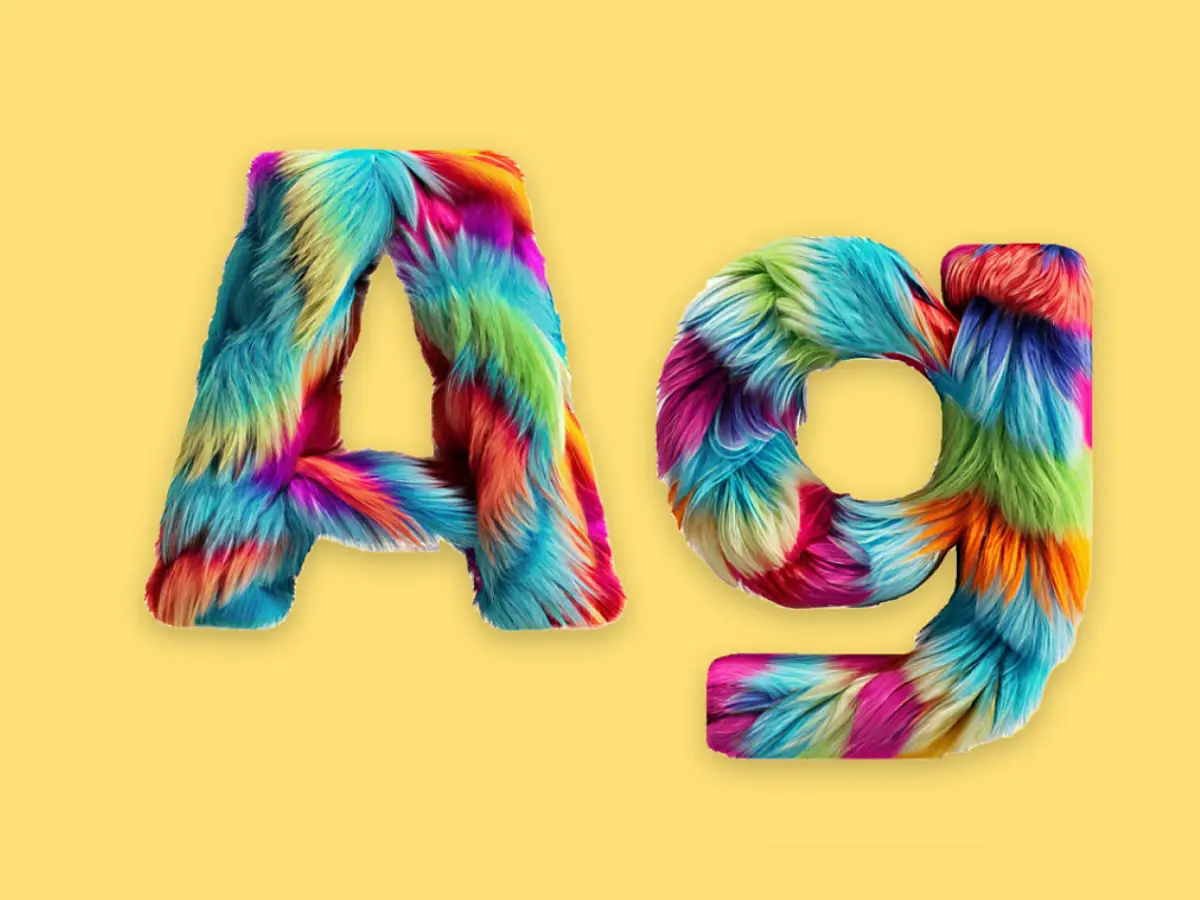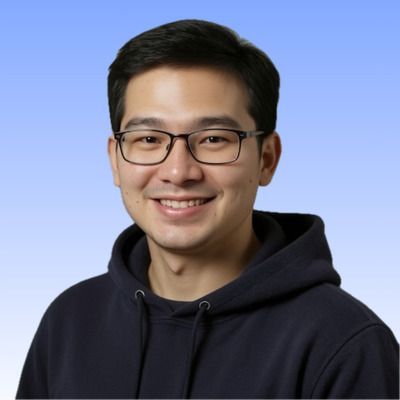The AI landscape evolves at an unprecedented speed. For those of us building in the visual AI space, 2023 was a landmark year. Foundational models became more powerful, and new architectures emerged that give creators unparalleled control. This post breaks down the key technological advancements that defined the year.
DALL·E 3: Prompt Engineering as a System
OpenAI's DALL-E 3 represented a significant architectural shift. By integrating it natively with ChatGPT, OpenAI offloaded the complex task of "prompt engineering" from the user to a large language model. ChatGPT acts as a reasoning layer, translating conversational user requests into the detailed, token-rich prompts that diffusion models need for high-fidelity output. This system-level approach is a key reason for DALL-E 3's improved coherence and its ability to render notoriously difficult elements like legible text and human hands.

Stable Diffusion XL: A Two-Stage Architecture for Quality
The open-source release of Stable Diffusion XL (SDXL) 1.0 was a milestone. Its core innovation is a two-stage pipeline. The base model generates the initial image, followed by a specialized refiner model that increases detail and fidelity. This modular approach allows for more efficient training and inference. Technologically, SDXL features a 3.5 billion parameter base model with a larger UNet backbone and a second text encoder (OpenCLIP ViT-bigG/14) to better understand prompts. Later in the year, SDXL Turbo introduced Adversarial Diffusion Distillation (ADD), a technique that allows the model to generate high-quality images in a single step, drastically reducing latency.

Imagen 2: Enterprise-Grade Features and Responsible AI
Google's Imagen 2, built with DeepMind technology, focused on enterprise-grade capabilities. Its improved text rendering, especially for logos, points to a sophisticated understanding of typography within the diffusion process. A key technical feature is its multilingual text comprehension, suggesting a highly diverse training dataset. For responsible AI development, Imagen 2 integrates SynthID, a tool that embeds a resilient, invisible digital watermark directly into the pixel data, a crucial feature for identifying AI-generated content.

Midjourney V6: Pushing the Boundaries of Realism
While Midjourney remains a proprietary model, the release of V6 demonstrated a significant leap in image quality and prompt understanding. The dramatic improvement in realism—especially in fine details like skin texture and lighting—suggests a model with a substantially larger parameter count and more advanced training methodologies. V6's enhanced ability to parse long, natural language prompts indicates a more sophisticated language processing front-end, allowing for more nuanced control over the final image composition.

Ideogram: A Specialized Focus on Typography
Ideogram entered the scene with a clear technical focus: solving text generation within images. While other models treated text as an afterthought, Ideogram's architecture appears to be specifically designed to handle typography, making it a powerful tool for design applications. The founding team's background in seminal projects like Google's Imagen underscores the deep technical expertise driving this specialized approach.

Adobe Firefly: Generative AI for Vector Graphics
Adobe's most significant contribution in 2023 was the Firefly Vector Model, the world's first generative AI for vector graphics. Unlike traditional diffusion models that generate raster (pixel-based) images, this technology creates scalable, editable vector graphics. This is a fundamentally different and more complex challenge, requiring the model to understand objects, paths, and gradients. Integrated into Adobe Illustrator, it represents a major step towards AI-powered professional design workflows. Adobe also emphasizes its ethically-sourced training data, a key component of its technology stack for commercial use.

ControlNet: Fine-Grained Control via Conditioning
ControlNet was arguably one of the most impactful technologies for the open-source community in 2023. It's a neural network architecture that adds an extra layer of conditioning to pre-trained diffusion models like Stable Diffusion. By using preprocessors to extract information like canny edges, human poses (OpenPose), or depth maps from a reference image, ControlNet allows creators to precisely guide the composition of the generated image. This is a lightweight and flexible method for adding spatial control without the need to retrain the base model, democratizing a new level of artistic direction.

